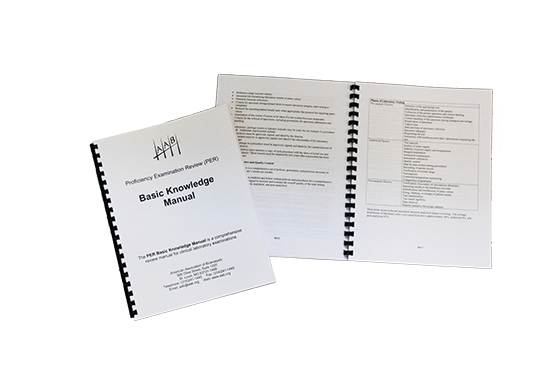Andrology Embryology Review Course Manual

Embryology and Andrology Review Course, 1994 Over 200 laboratory directors and technical supervisors attended the Embryology and Andrology Review Course sponsored by the American Association of Bioanalysts at the Rush Medical Center in Chicago, Illinois on August 27-28, 1994. With sessions in Laboratory Management, Male and Female Reproductive Physiology, Andrology, and Embryology, the course was designed to prepare these individuals for the newly required certifying examination to be given by the American Board of Bioanalysis. Addictive Drums Os X there.
Andrology Laboratory Training Courses for Clinical. Andrology Laboratory Training Courses for Clinical Biologists. Embryology and Andrology Review Course. Receive hardcopies of the courses included in the module from the A&E Review Course Manual. Dell Rev A02 Motherboard Manual. Live at the March 2017 Andrology and Embryology Review Course in.
The andrology scientific program featured four lectures, providing a comprehensive review of andrology laboratory techniques. The andrology session began with a discussion by Dr.
Gail Prins of the components and techniques for a complete semen analysis. She encouraged the participants to refer to The World Health Organization Laboratory Manual for the Examination of Human Semen for procedural details, universal standards, and normal ranges. Initial semen analysis begins with an assessment of semen quality. Neurotracker Download Movies. Factors such as sexual abstinence, technique of sample production, container for sample collection, temperature, and time to analysis can greatly affect the accuracy of a semen analysis.
The time to liquefaction, viscosity, volume, color and pH must be noted. It is important to distinguish between incomplete liquefaction and hyperviscosity but, as Dr. Prins noted, either may be treated with a 0.2% alpha-amylase solution.
Abnormalities in any of these semen parameters will help in the diagnostic process of male fertility. Prins discussed the importance of sperm morphology in the assessment of male fertility. A minimum of 100 stained sperm, preferably 200, should be classified into 5 categories: normal, head abnormalities, neck/midpiece abnormalities, tail abnormalities and immature. She recommends the Papanicolaou modified-staining procedure because it provides excellent nuclear and cytologic detail. The WHO considers 0-70% abnormal forms the normal range for human sperm. Strict criteria for the analysis of sperm morphology were also reviewed.
Recent claims indicate that morphology determined by the strict measurement of head size and shape correlates more closely with IVF outcome. Prins concluded her lecture with a review of methods for sperm quantitation. She noted that manual counts using a hemacytometer require a dilution in saline or culture medium, which not only can increase the risk of error but also affects motion characteristics.
Therefore, a motion analysis must be made on a separate, undiluted aliquot of semen. The Makler counting chamber eliminates the problems associated with dilution but tends to overestimate the count when compared to the hemacytometer. Computer Assisted Semen Analysis (CASA) is an additional option for sperm quantitation and motion analysis, which provides an objective, consistent analysis and expands the description of sperm motion characteristics. Parameters such as linearity, curvilinear velocity, and lateral head displacement can be measured. However, the lack of normal ranges and universal CASA standards limits the value of such information. The second lecture, given by Dr. William Baird, reviewed the methods of sperm preparation and cryopreservation.